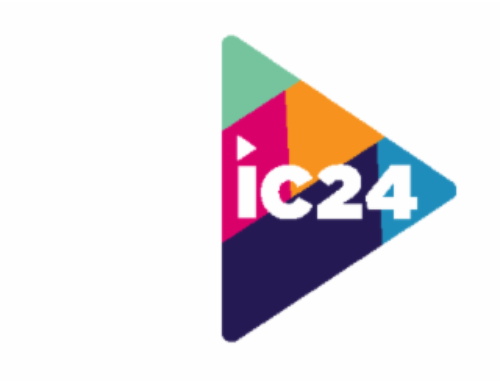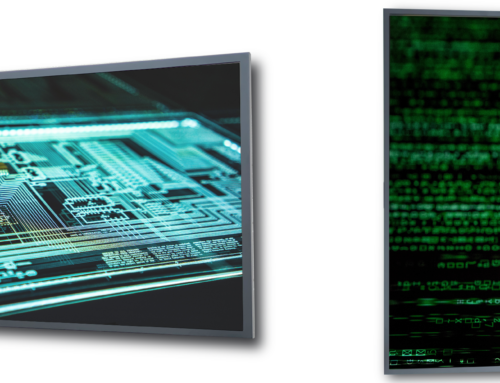Reading Time: 4 Minutes –
Welcome back to our weekly blog post. This week we’re going to discuss one of our more popular display solutions, the commercial video wall. To those who have already been introduced to our commercial video walls, you’re probably familiar with their capabilities. We currently have 3 models, the Standard (SV) series, the Self-Monitoring (EN) series, and lastly – the Serviceable (ED) series. For those unfamiliar with our current lineup, I’m going to give you a quick overview of their differences, and how they might be of help to you in your next AV project, after which I will introduce our two new lines. If you’re already familiar with our current lineup, then feel free to skip ahead to our upcoming video wall series, Zen and TacTile.
Standard (SV)
I’m going to keep this description simple and to the point, just like our Standard video walls. This series is our answer to those looking for an affordable, dependable video wall with all of the basic processing functions you’ve come to expect from a video wall. If that sounds like exactly what you need – check out the Standard series here.
Self-Monitoring (EN)
Our Self-Monitoring video walls feature the most complete display diagnostics tool in the industry: Auto-Condition Reporting (or “ACR” for short). ACR allows users to pull real-time status readouts showing vital info on any display in a video wall array. Historical usage data can also be stored and accessed via our remotely located server or a local server, depending on permissions. Status data can be accessed physically (via LED indicators on the displays or ACR Hub) or over the network. You can even access this info on an Android app using a mobile or tablet device. ACR tracks things such as: power status, back-light operation, internal temperature, and input activity. To find out why the Self-Monitoring video wall is perfect for mission-critical, 24/7 applications, click here.
Serviceable (ED)
The Serviceable Wall is the result of years of R&D and emphasis on maximum uptime. These video walls come with the same hardware and software as the Self-Monitoring video walls with one key addition: the Replaceable Electronics Kit (REK). This unique technology allows for removal and replacement of the power and controller boards without dismounting any displays. In the rare event that ACR informs you of a board failure, a quick, safe replacement can be conducted by a single technician. This is all done while the display is mounted, making it perfect for 24/7 applications that are mission critical. Best of all, you won’t have to extend power over long distances in order to gain this convenient board access. Learn more about our serviceable walls here.
Now, on to our upcoming displays:
Zen
The first is something we like to call “Zen” because it gives you peace of mind knowing that this video wall is both reliable, and in compliance with requirements set forth by the Americans with Disabilities Act. For those unaware of the ADA requirements, here’s a quick summary as it pertains to video walls: In accessible pathways, objects (such as video walls) may not protrude more than four inches from the wall if located more than 27” of the floor and less than 80” from the floor.
Zen video wall displays, along with their accompanying “Z-Shift” mount are less than 4” in combined depth. Even if you’re placing a video wall in a space that does not require ADA compliance, you’ll still be pleased with the sleek, low-profile design of these video walls.
TacTile Touch Video Walls
Lastly, and the most engaging of our displays, is the TacTile video wall. For this video wall, we partnered with our friends over at Corning and PQ Labs to offer an optically-bonded Gorilla® Glass touch solution that supports up to 6, 12, or 32 simultaneous touch points. Now, we have successfully deployed stunning touch video walls in the past. However, they would often be limited in terms of video wall size, touch points, and featured labor-intensive installation. This was due to the fact that our old method of installing touch video walls involved installing a large piece of protective glass across the entire video wall. Because TacTile video walls feature individual pieces of bonded glass to bond to each display, they are easier to install & service and can be expanded to larger sizes than before. An added benefit of bonded Gorilla® Glass is reduced internal reflection and parallax effect.
Final Thoughts
I hope you enjoyed learning a bit more about our video walls and upcoming video walls. As you can see we have quite a few to choose from, and they all perform extraordinarily well in their respective applications. If you’re ready to discuss or learn more about our video walls then drop us a line. You can do so directly through our website on our contact & support page, or by calling us at 510-659-9855.
See you next week!





